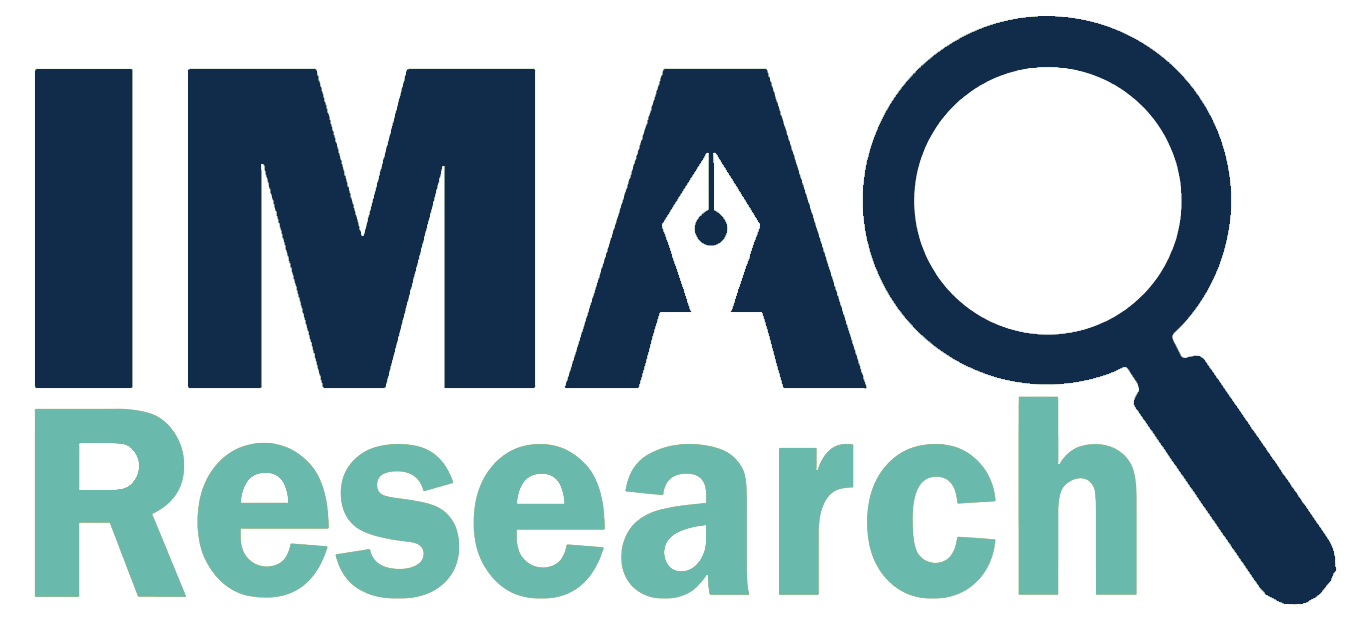Prof. Paolo Luzzatto-Fegiz from UC Santa Barbara and others from Oregon State University, University of Manchester and ETH Zurich examined another well known characteristics of SARS-CoV-2 virus — its vulnerability to sunlight and its inactivation when it is exposed to sunlight having UV-B rays.
According to the letter published in The Journal of Infectious Diseases of Oxford University Press, the experiments demonstrated virus inactivation times of about 10-20 minutes — much faster than predicted by the theory.
“The theory assumes that inactivation works by having UV-B hit the RNA of the SARS-CoV-2 virus, damaging it,” said UC Santa Barbara mechanical engineering professor and lead author Paolo Luzzatto-Fegiz
Results of such experiments might provide clues into new ways of managing the virus with widely available and accessible UV-A and UV-B radiation.
While UV-C radiation is proved effective against SARS-CoV-2, this wavelength does not reach the earth’s surface and must be manufactured.
Part of text written by: Sonia Fernandez
Source of Research Work: Journal of Infectious Diseases
